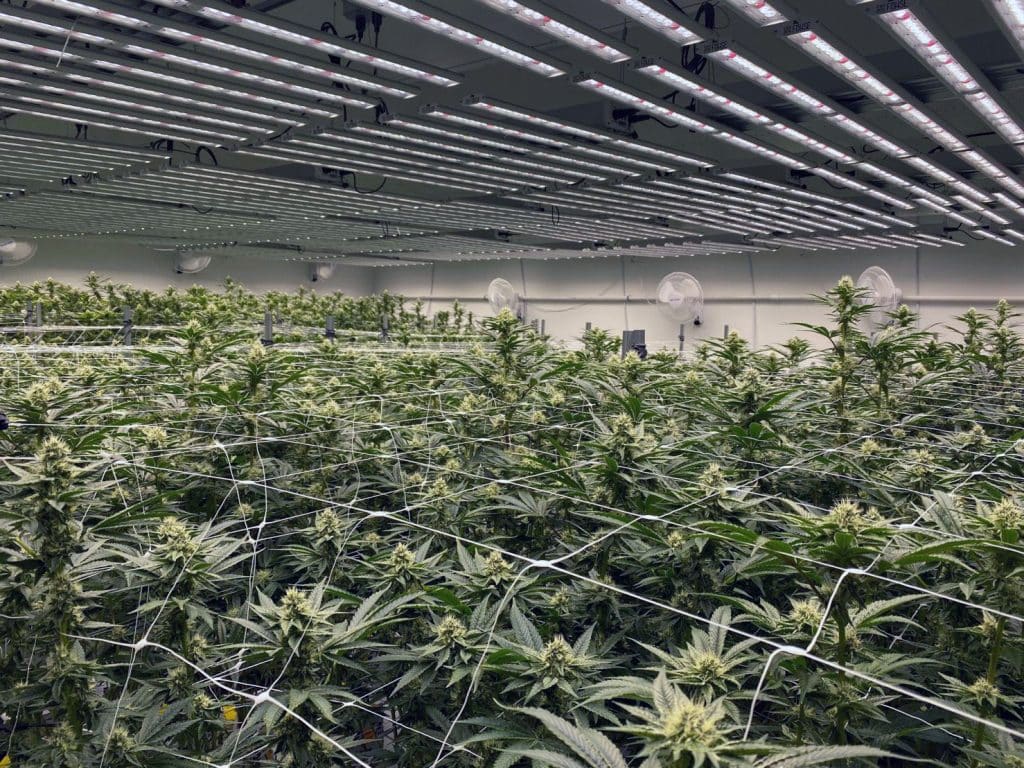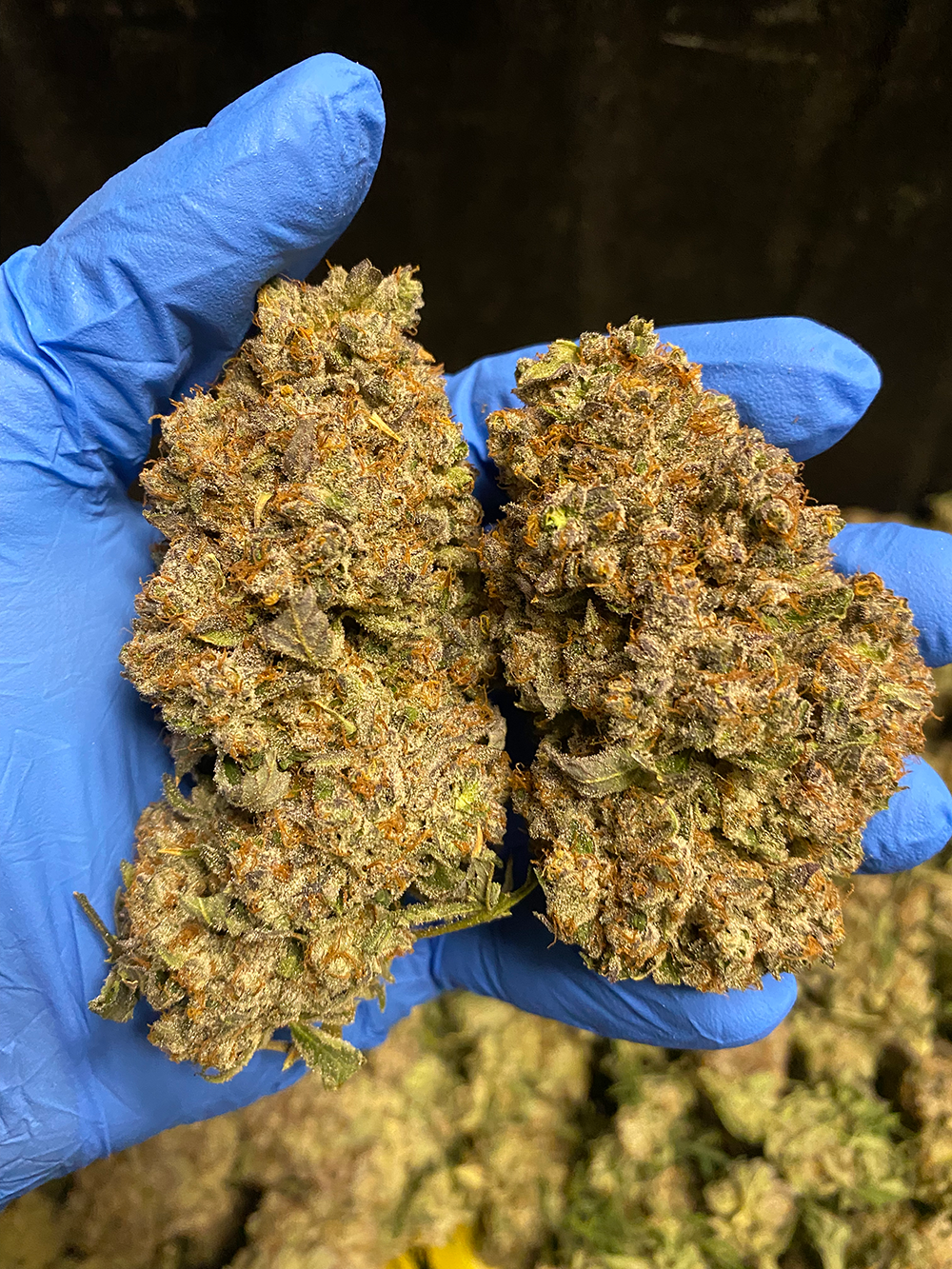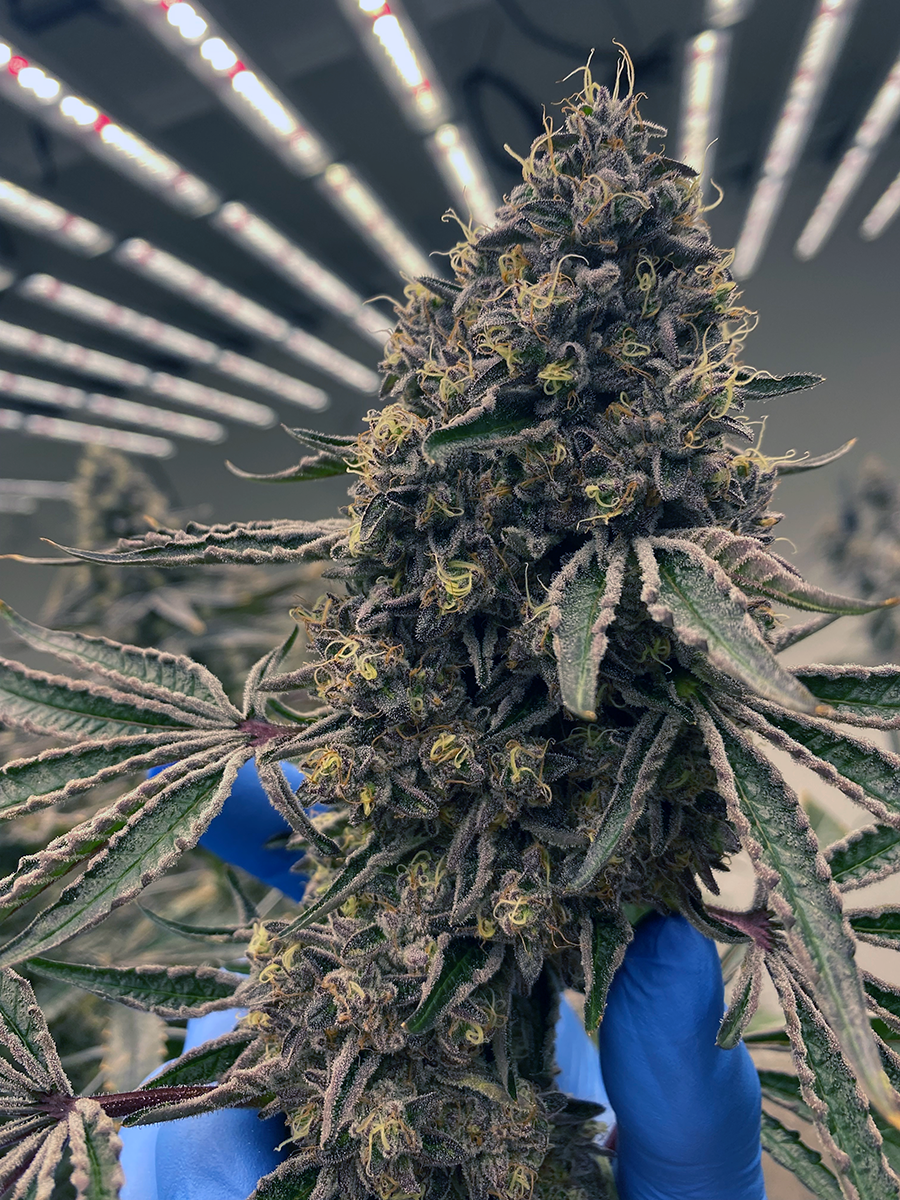

By Anthony Domangue, FOHSE Grower Liaison
Wholesale cannabis flower prices are declining in North American markets. Last summer, the average wholesale price of cannabis flower in the United States was above $1600/lb. As of September 2nd, it was $1,003/lb – a whopping 37% decrease from last year. Canada saw similar declines. Here are some facts from a few recreational U.S. markets:
– California cannabis flower is averaging around $844/lb as of early June 2022, a 43% year-over-year decrease.
– Oregon’s legal market is seeing the lowest wholesale flower prices in the nation, $700 per pound, as of early June 2022.
– Colorado has the second cheapest price in the country behind Oregon. As of July 2022, the statewide wholesale flower rate was around $709. Only 20% of wholesale flower in Colorado is sold for more than $2,150/lb.
– Oklahoma’s flower was $921/lb as of June 2022, dropping 28% year-over-year.
Burdensome regulations at the local, state, and federal levels, like Tax Code 280E, are a huge part of why the cultivator’s net profit is decreasing. California just eliminated the existing cultivation tax, which should have a positive effect on operators.
Focus On The Factors You Can Control
There are many hurdles that growers and facility operators can’t overcome immediately, declining flower prices being one of them. Genetic selection, irrigation strategy, and the type of lights you use, however, are three factors in your control. Streamlining these factors ensure every square inch of space is being maximized and the final product is top quality. Your retail partners are looking for the most bang for their buck as the cannabis industry fights to survive.
Here’s how your cultivation facility can leverage these three factors and produce consistent, premium products for retailers and consumers:
Genetics
Some genetics were bred in cooler regions with shorter growing seasons. These varieties typically have quicker flowering times, short internodal spacing, and prefer lower light levels. After people brought cannabis to equatorial areas, these varieties began developing resistances to their natural environment. New terpene profiles were naturally produced in an effort to protect the plant from exposure to localized pathogens. These plants adapted to higher light levels and spaced their nodes further apart in an additional effort to resist pathogens.
Many varieties in production today are hybrids of these two types in varying degrees, which means new cannabis varieties express traits of both parents. Not every cultivar will experience the same production within the same growing parameters. Understanding the environmental preferences of each variety and selecting strains that are suitable for your production needs provides a stable foundation for the rest of the production line.
Irrigation Strategy
Irrigation is instrumental in maximizing crop production. Vegetative responses or generative (flowering) responses are produced by the frequency of irrigation events, total volume, and concentration of irrigation.
For example, studies have proven that manipulating the plant’s substrate volume throughout the cycle can increase concentrations of major cannabinoids. The study found that cannabinoid production was stimulated by drought stress in late bloom, without reducing dry weight in the cultivar tested. Regardless of climate, cultivation facilities won’t achieve the yield and quality potential of each genetic selection without an optimized irrigation strategy.

Light Selection
Genetics, irrigation strategy, and grow room infrastructure are vital to the success of your plants. Light selection, however, is the most important controllable variable for a potent and high-yielding harvest. Determining your light plan is step one, because other key factors within your protocol are determined by the fixtures you choose or light levels you run.
According to a study published by Youbin Zheng with the University of Guelph’s School of Environmental Sciences, there is a linear correlation between PPFD and yield through 1800 PPFD in many cannabis varieties. This study was ground-breaking in dispelling the belief in “HPS superiority” among long-time growers. It states that (with respect to certain cultivars) cannabis yield can experience a linear increase with increasing light levels through 1800 PPFD without diminishing secondary metabolite production.
With this study in mind, HPS fixtures previously limited the potential of many cultivars due to low PPFD output and excess heat to the canopy. The grow light you choose can be the catalyst for the success or failure of a commercial cannabis cultivation facility. This becomes especially true during challenging periods of time in our industry, like we’re in now.
Why LEDs?
Though LED lights are typically more expensive than HPS upfront, LED models can reduce your facility’s electricity bill making LED lights a worthwhile, long-term investment for your commercial cannabis cultivation facility. States like California are even proposing a ban on all lights under 2.1 umol/J, effectively banning single and double-ended fixtures. The federal government is also cracking down on certain light bulbs.
LED lighting models are the most efficient and cost-effective choice for commercial cannabis cultivators, plus they adhere to changing state and local regulations, but inefficient LED technology means these fixtures haven’t always been the commercial cannabis industry’s first choice.
That’s why FOHSE’s founders spent countless hours testing and designing LED fixtures before settling on our flagship model, the A3i, operating between 2.8-3.0 umol/J. Properly engineered LED lights are the ideal choice for indoor commercial cannabis cultivators of all sizes.
Exploring the efficiency of LEDs in commercial cannabis facilities
LED lights are more energy efficient than older light models like HPS. The Department of Energy’s goal is to reduce greenhouse gas emissions by phasing out iridescent light bulbs and encouraging the use of more efficient options like LEDs. The commercial cannabis industry generates a plethora of greenhouse gasses, more than the average farmer does.
LEDs also have better diodes and lens technology that helps penetrate the canopy deeper than other fixtures. Your canopy needs high photon levels distributed evenly to turn your larfy flower into a premium-grade flower. High production density is a must-have for cultivators in markets where flower prices are declining. If you give retailers and consumers the most bang for their buck – you’ve got a partnership for life.
Anyone who’s grown under CMH or HPS bulbs knows the replacement frequency of these bulbs. At best, CMH bulbs should be replaced every 18 months while HPS require replacing every 12 months. Many growers experience the worst case scenario and need to replace bulbs every other cycle. This isn’t the case with LED lights. Companies like FOHSE’s A3i and O6i are L90 certified for 50,000 hours and L70 certified for 110,000 hours, respectively.
Switching to LED light models means growers can increase their yield and decrease operating costs at the same time. Facilities with smaller footprints are able to take advantage of the cost savings and compete in a saturated market, simply because of their choice in lights.
Every cannabis cultivation operation wants to reduce operating costs, but the challenge is slashing costs without compromising on quality. Installing LEDs slashes your energy costs, eliminates routine maintenance associated with HPS systems, and frees up cultivation space for other things because your yield is increased under LED fixtures.
See the difference on harvest day
The right environmental settings are a key component to a high-quality, potent final product. Cannabis plants naturally flower as summer turns into autumn, when the days shorten and temperature and humidity decreases. Towards the end of harvest, cooler settings are imperative to mimic the cannabis plant’s ripening process as it occurs in nature.
Terpenes are volatile and degrade in the presence of light, oxygen and heat. Towards the end of harvest, terpenes have a higher chance of degrading under HPS lights because there’s excess heat reaching the canopy. Certain cultivars that perform best under low lights also don’t respond well to the additional heat.
Because LEDs operate at much cooler temperatures than HPS bulbs, there’s a striking expression of anthocyanins in cannabis flowers grown under these fixtures. Different cultivars have varying fading colors such as silver, red and purple. Vibrant colors attract the consumer and indicate a healthy, high-quality cannabis plant.
Many cultivars can stretch within a foot under premium LED lights without adverse reactions from the plant. Other light fixtures like HPS must remain three to four feet away from your cannabis plants because of the excess heat, but then your lower canopy is starved of light. When your plants are close to the LED bulbs, the photons meet the canopy at a higher intensity. Your would be larf, or unusable material, then becomes a premium, smokable grade flower after receiving stronger light.
Selecting Your LEDs
Every LED light fixture is different. Without understanding your facility’s floor plan, infrastructure, and genetics – determining the right LED model is nearly impossible.
FOHSE’s team understands the ins and outs of commercial indoor and greenhouse cannabis cultivation. When you reach out to us, we’ll get an understanding of your facility to recommend the best LED lighting plan for you. Visit our website and get a free, customized lighting plan based on your facility’s infrastructure and goals. You can also check out FOHSE’s resources to learn about the latest news about the cannabis market.




